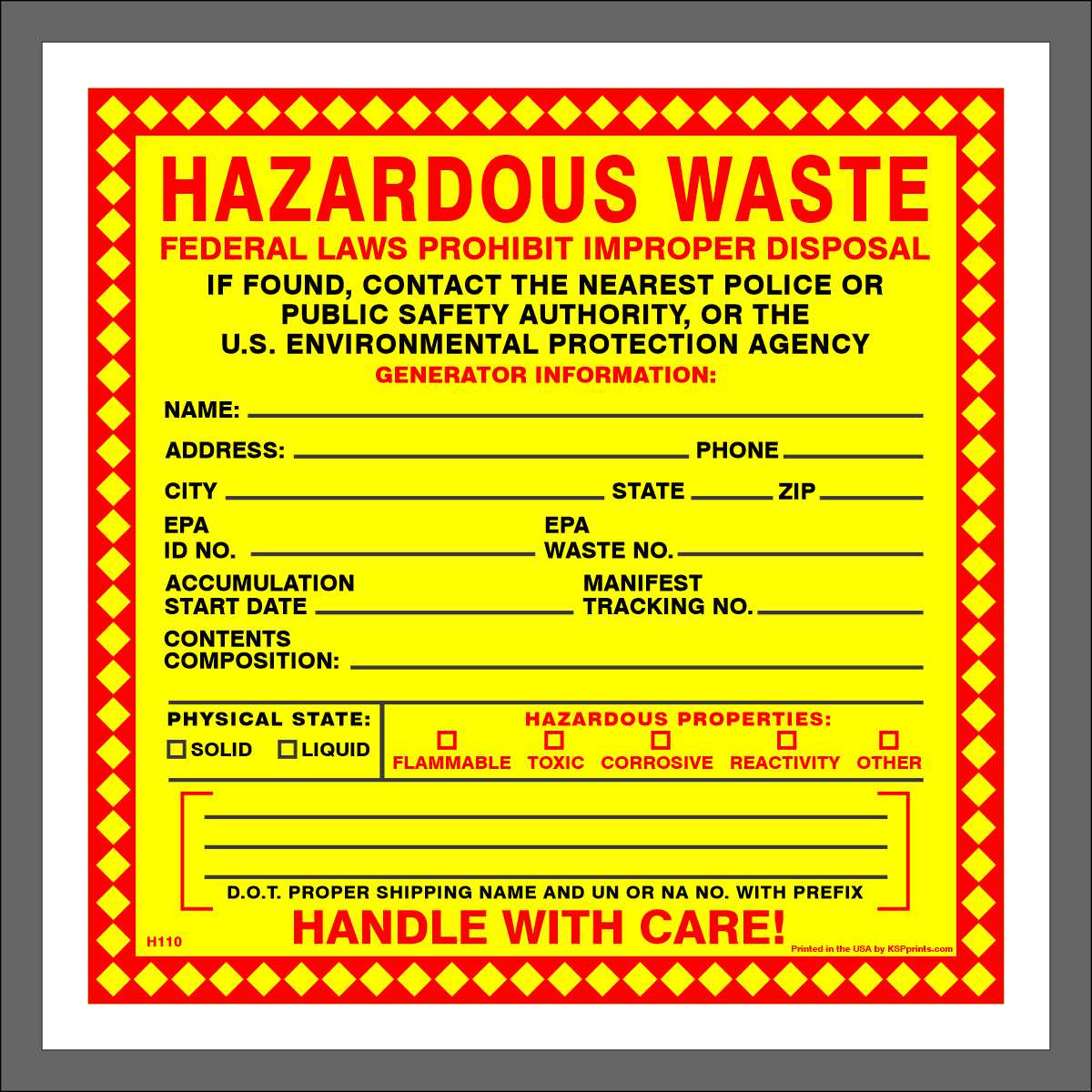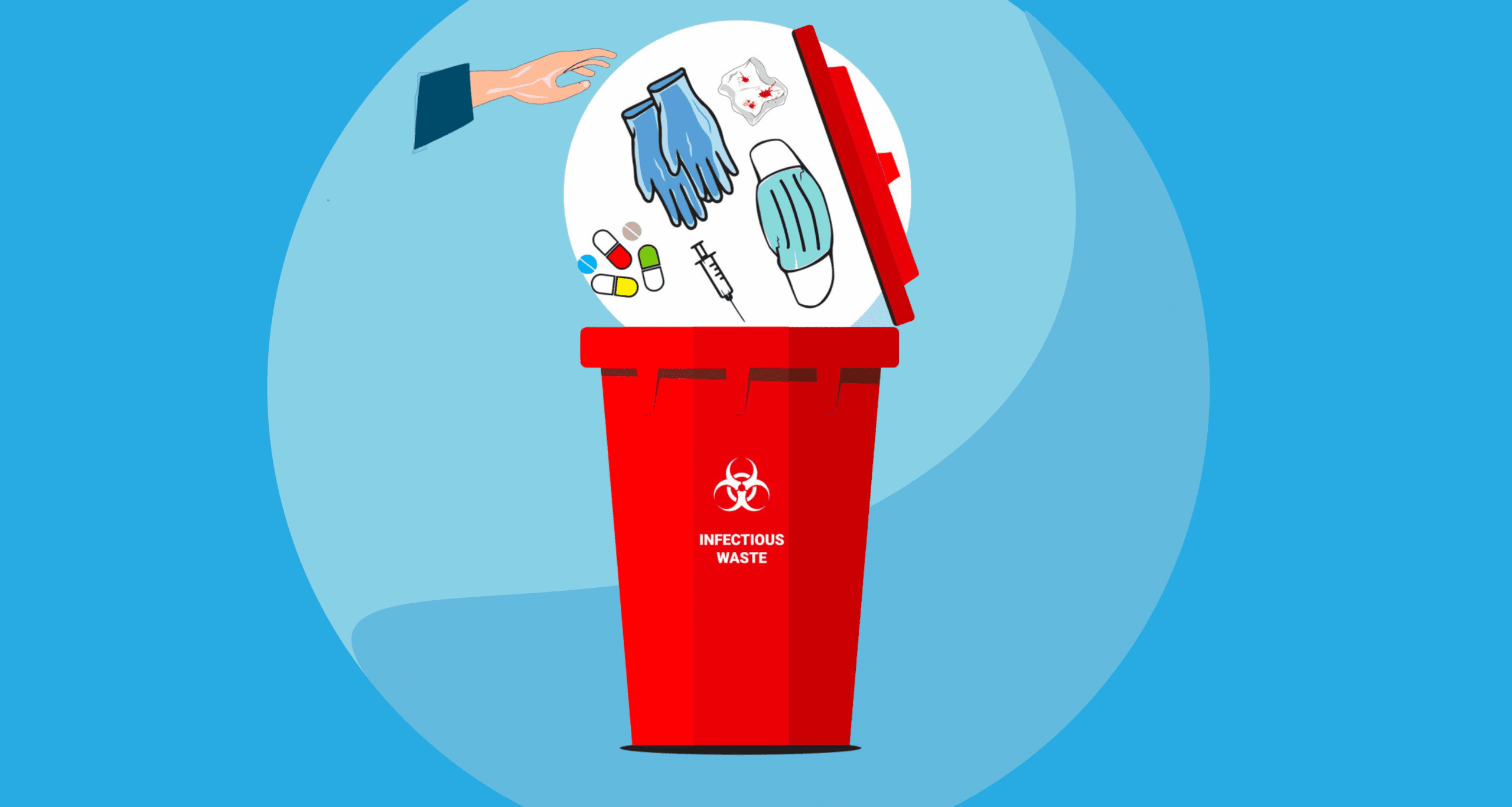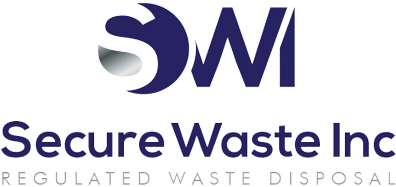Hazardous Waste Labels: Step By Step Guide From Secure Waste – Expert Solutions
What are hazardous waste labels, and why are they essential for your operations? If your business deals with hazardous waste and you collaborate with a disposal company like Secure Waste, understanding the significance of these labels is crucial. Hazardous waste labels are vital for safely handling, storing, and disposing of dangerous materials.
They provide essential information about the nature of waste, helping prevent accidents and ensure compliance with regulations. Also, you may need waste tracking manifests to keep a detailed record of waste movements. Let Secure Waste guide you through the necessary understanding of hazardous waste labels to help you maintain your operations.
Proper identification and labeling are foundational elements contributing to the success of a safety manager. These practices streamline daily operations and ensure that critical information is prominently displayed for all workers, fostering an environment of awareness and vigilance.
This information is often directly related to health and safety, emphasizing its vital role in sustaining a secure and protected workplace.
Before we explore hazardous waste labels, let’s first understand what hazardous waste is
Hazardous waste encompasses any discarded solid or liquid material that poses a significant threat to human health or the environment due to its inherent properties.
This category includes various substances, from industrial byproducts to everyday household items such as paints, batteries, and cleaners. Properly managing and disposing of hazardous waste is essential to mitigate potential harm and protect natural ecosystems.
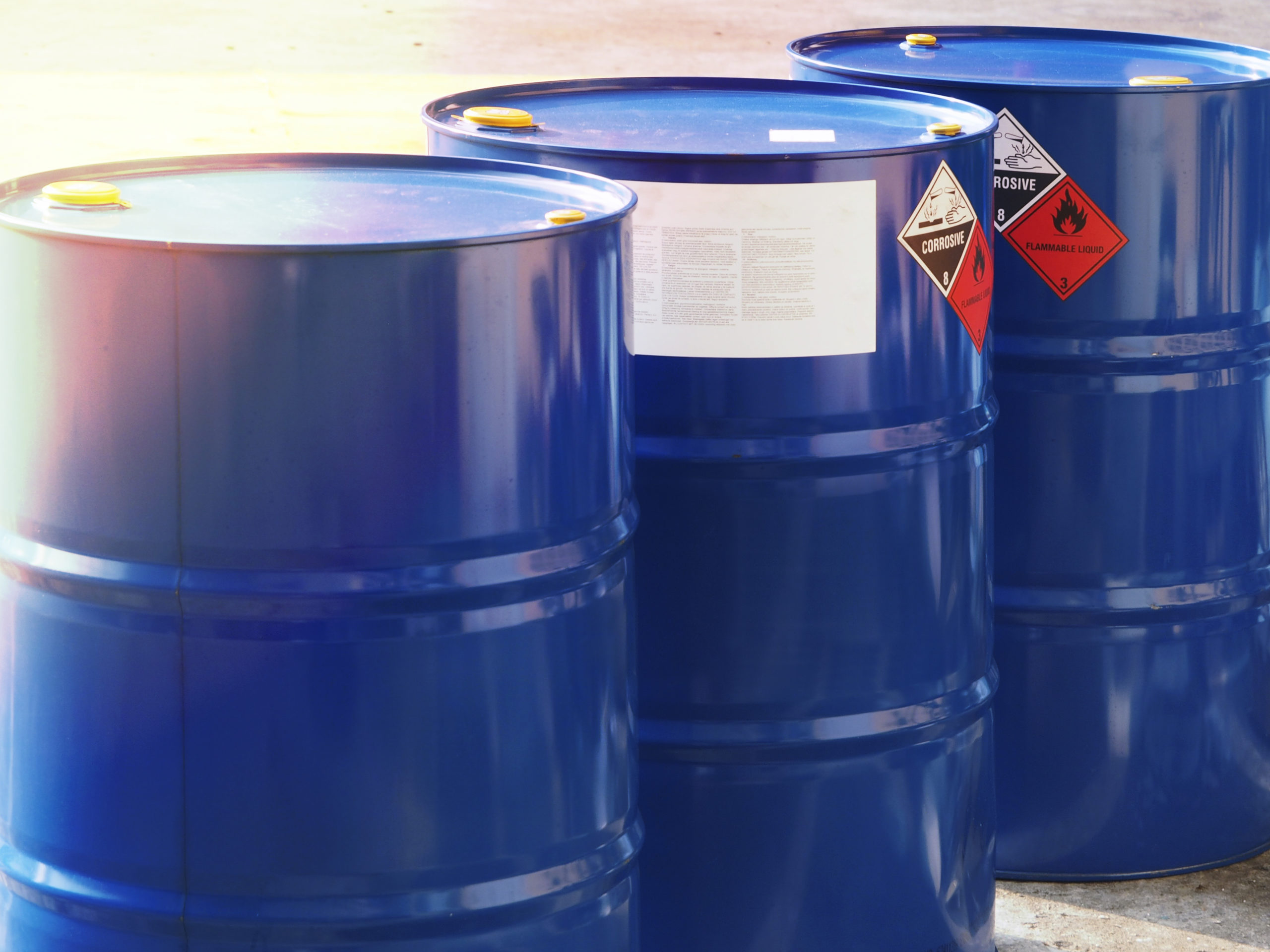
A Closer Look at the Key Characteristics of Hazardous Waste:
- Toxicity: These substances are poisonous and capable of causing severe adverse effects to living organisms, leading to health complications upon exposure.
- Reactivity: Certain materials are volatile, prone to explosive reactions or violent interactions with other substances. When disturbed, they can release harmful gases or even ignite unexpectedly.
- Flammability: These substances can ignite easily and burn rapidly, presenting serious fire hazards in residential and industrial settings.
- Corrosivity: Corrosive materials can deteriorate or damage other substances, including metals and skin, posing additional risks during handling or disposal.
Understanding and adhering to safe practices in managing hazardous waste is essential for safeguarding public health and preserving the environment. For more information, review RCRA from the Environmental Protection Agency (EPA)
Now That You Know More About Hazardous Waste, Let’s Delve Into Labeling For Hazardous Waste
An illustrative example of this principle is the labeling of hazardous waste. These labels act as essential alerts, cautioning individuals about the potential dangers of improper disposal or handling of dangerous materials.
Without clear and compelling labeling, the consequences can be dire, ranging from substantial fines to adverse health effects and severe environmental pollution.
To alleviate these risks, regulations outlined in the Resource Conservation and Recovery Act (RCRA) and the Environmental Protection Agency (EPA) mandate uniform, standardized labeling practices that are clear and effective.
In this context, we’ll explore the specific regulations governing hazardous waste label requirements more deeply. We will provide the necessary text, including a detailed example of a hazardous waste label, and discuss best practices for labeling that enhance safety and ensure compliance with all legal standards.
The History of Hazardous Waste Labeling Requirements
Hazardous waste labeling regulations trace their origins to the Resource Conservation and Recovery Act (RCRA), a pivotal piece of legislation in the United States that governs the management of hazardous waste from its generation to its ultimate disposal, commonly referred to as “cradle to grave.” Unsafe waste, a specific subset of solid waste, poses significant risks to human health and the environment, often stemming from diverse sources. These can include byproducts of manufacturing processes and everyday products like cleaning agents or battery acids. This broad spectrum of manifestations reveals why “solid waste” can be misleading; hazardous waste can exist in various states—solid, liquid, gas, or sludge.
Understanding Hazardous Wastes Under RCRA
Under the RCRA regulations outlined in Title 40 CFR, Part 261, hazardous wastes are categorized into two primary groups:
- Listed Wastes: These include specific wastes classified under the F, K, U, and P lists.
- Characteristic Wastes: These are identified by their inherent properties, such as ignitability, corrosivity, reactivity, and toxicity.
Consult the EPA’s Hazardous Waste Identification Process to ascertain whether a specific material qualifies as hazardous waste.
Essential Labeling Requirements
The EPA mandates that labels contain specific information for non-bulk packaging hazardous materials to ensure safe handling and awareness. The label must prominently display the following statement:
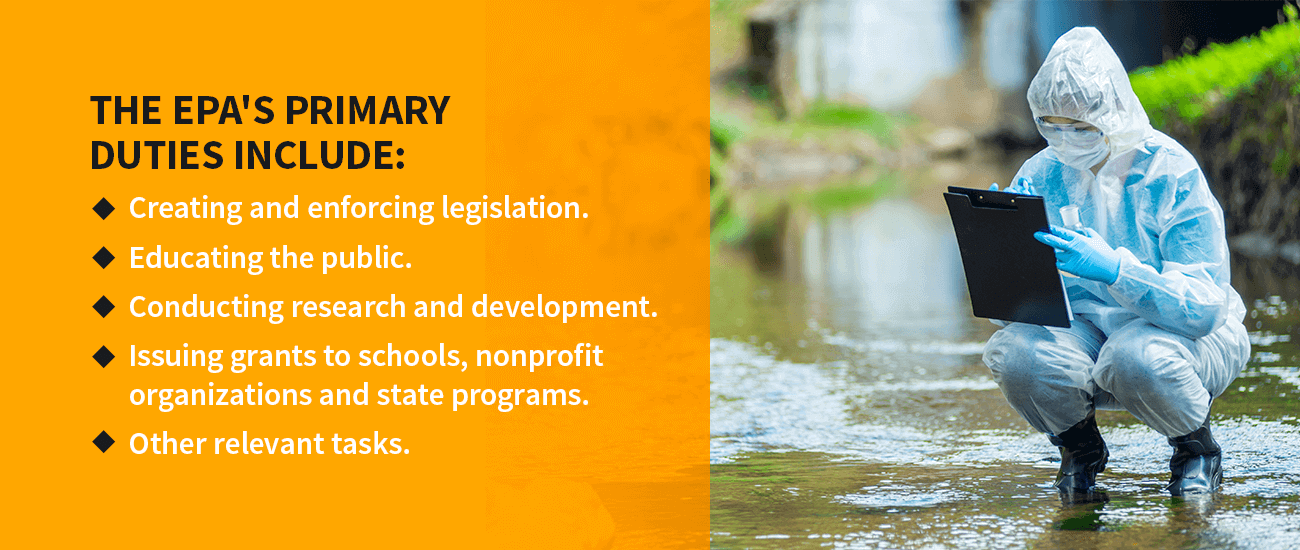
Proper labeling is crucial for safety and regulatory compliance when managing hazardous waste The Environmental Protection Agency EPA provides guidelines that help identify hazardous materials accurately and appropriately
Labels are vital communication tools providing essential information about the contents potential hazards and necessary precautions This not only helps in protecting workers dealing with hazardous waste but also minimizes risks to the environment
Its important to familiarize yourself with the requirements for hazardous waste labeling to maintain compliance with EPA regulations Understanding these labels will help ensure the safe handling transportation and disposal of hazardous materials
HAZARDOUS WASTE–Federal Law Prohibits Improper Disposal. If found, contact the nearest police, public safety authority, or the U.S. Environmental Protection Agency.
Additionally, the label must include critical details such as:
- The generator’s name and address
- The generator’s EPA identification number
- The manifest tracking number
While the EPA sets forth these essential guidelines, there is no standardized format concerning aspects like color, size, or the order of text, allowing for flexibility in presentation.
Variability in State Regulations
While RCRA establishes a federal framework, it also empowers states to formulate more stringent regulatory programs. After thorough review by the EPA, some states may assume the responsibility for implementing these regulations. Therefore, it’s imperative to consult with your specific state authority regarding any additional hazardous waste labeling requirements.
Practical Illustration of Hazardous Waste Labels
Although the EPA does not dictate specific size, color, or format requirements, best practices suggest that labels should be designed to be highly visible and easily identifiable. This ensures workers and inspectors can promptly locate and recognize hazardous waste materials. I have attached a practical hazardous waste label example to review.
Additional Requirements for Transport
In terms of transportation, while the EPA governs pre-transport requirements, the Department of Transportation (DOT) oversees regulations once hazardous waste is in transit. For any non-bulk package (with a maximum capacity of 119 gallons), the DOT stipulates that, at a minimum, labels must include:
- The proper shipping name and identification number of the hazardous material
- The name and address of the shipper and/or designated recipient
- The relevant diamond hazard labels representing the primary and most subsidiary hazard classes associated with the hazardous material
For comprehensive details, please take a look at Title 49 CFR, Part 172, and explore standard right-to-know labels used during transport.
Understanding Universal Waste
Universal wastes refer to specific hazardous waste types that can be managed under streamlined collection standards. Federal regulations governing universal waste can be found in Title 40 CFR, Part 273, and encompass five categories:
- Batteries
- Pesticides
- Mercury-containing equipment
- Lamps
- Aerosol cans
Adhering to these guidelines and understanding the nuances of hazardous waste management can help organizations ensure compliance, safeguard public health, and protect the environment.
In conclusion
Now that you have a more comprehensive understanding of hazardous waste labels, don’t hesitate to contact Secure Waste.
We provide reliable, compliant, eco-friendly medical waste disposal solutions for your facility’s needs. We have expertise in biomedical, hazardous waste, and Sharps container disposal. In addition, we provide customized waste management plans, including secure collection and transport, and sustainable disposal practices.
Contact us today for a FREE Waste Assessment, or request a quote online!
**Disclaimer** This information is provided for reference purposes only and should not be considered as legal advice or factual information at the time of your reading. Regulations frequently change and can vary from state to state. We encourage you to contact your local regulatory authorities or Secure Waste directly for the most current information. Please note that Secure Waste is not liable, in part or in whole, for any information contained on this page or website.
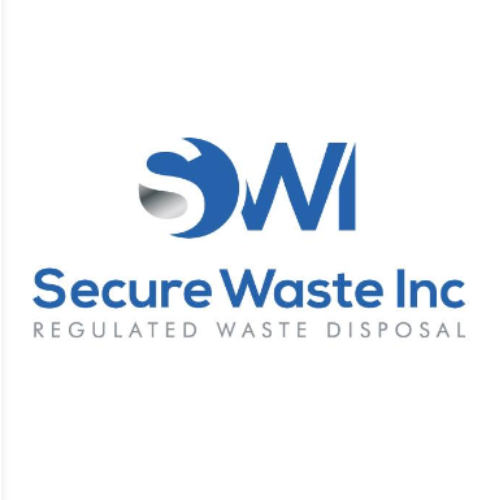
Expert Medical Waste Management: With over 25 years of industry experience, Secure Waste is a trusted local leader in hazardous and biohazardous waste disposal across Maryland, Virginia, and Washington, D.C. Specializing in medical waste management, sharps needle disposal, and biohazard waste removal, the company ensures full compliance with federal, state, and local regulations while prioritizing environmental sustainability.
The company also offers additional services, including secure document shredding and sharps container sales, providing comprehensive solutions for healthcare facilities and businesses. Our cost-effective services help clients maintain regulatory compliance without unexpected costs.
With a commitment to customer satisfaction, Secure Waste offers tailored waste management plans that align with industry best practices. Their team of experts provides reliable, timely, and compliant services, making them the preferred choice for medical waste disposal. For a free waste quote or more information, visit www.securewaste.net
